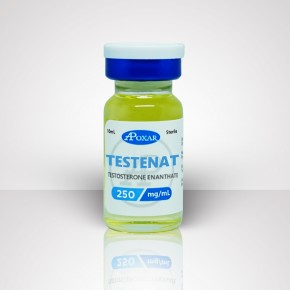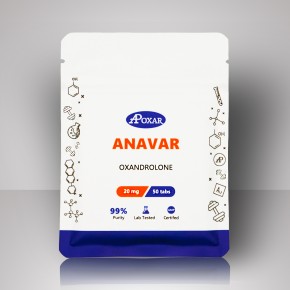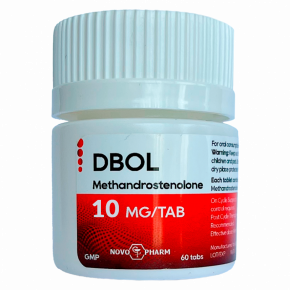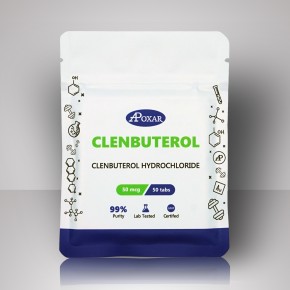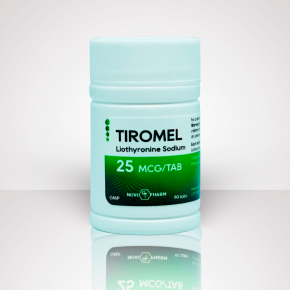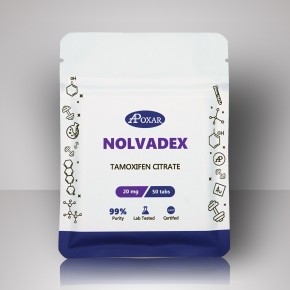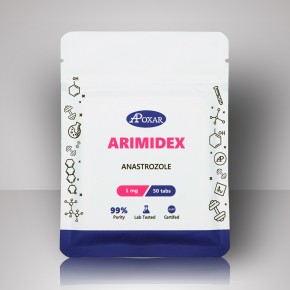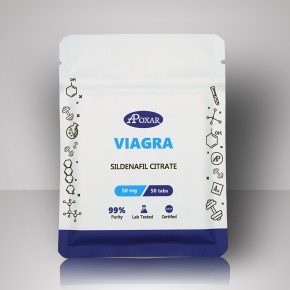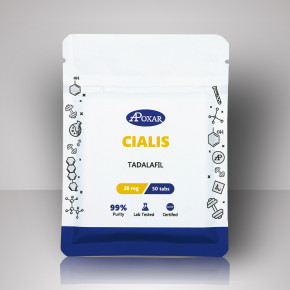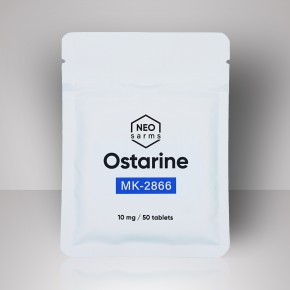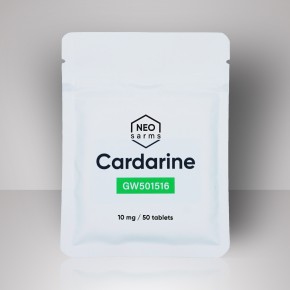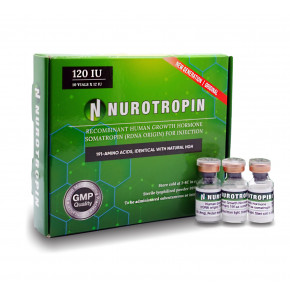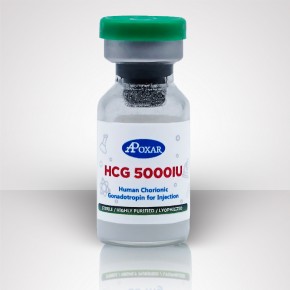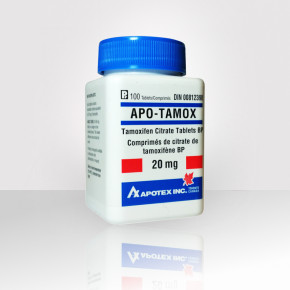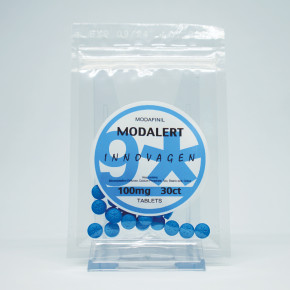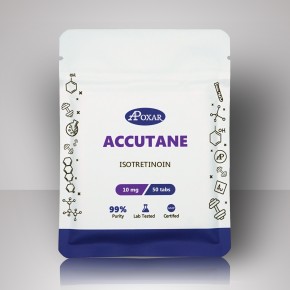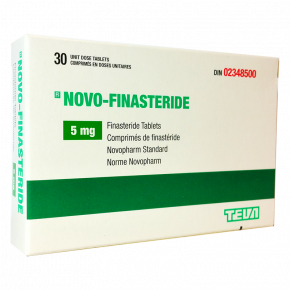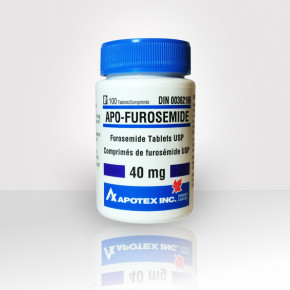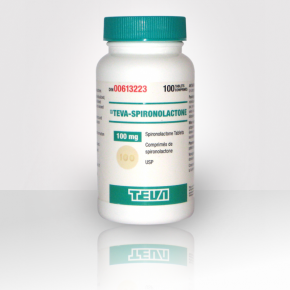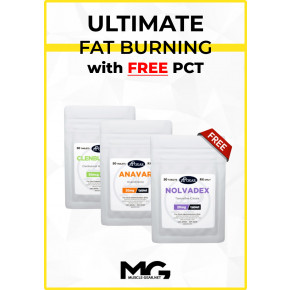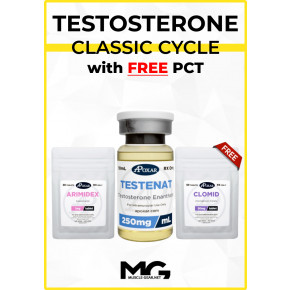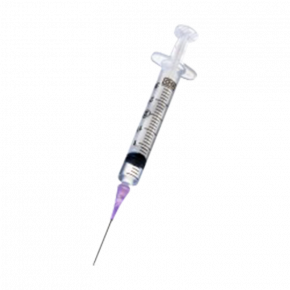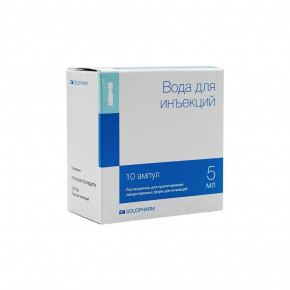Spironolactone
It is extremely popular diuretic that is used to remove excess water before the competition. It prevents your body from absorbing too much salt and keeps potassium levels from being too low. Used to make short-term adjustments in water weight and muscle definition. 50-100 mg|day 5-10 days
Spironolactone Description
Aldactone (spironolactone) is an antagonist of aldosterone and is pharmaceutically classified as a diuretic. It acts by competitively inhibiting aldosterone binding to receptor sites, especially in the renal tubes where aldosterone is involved in the sodium-potassium exchange. The drug causes increased amounts of sodium and water to be excreted and potassium to be retained. This is different from some other agents of this class, such as a loop diuretic like furosemide, which can significantly increase the excretion of sodium, water, and potassium. In this light, spironolactone is commonly referred to as a “potassium-sparing” diuretic. It is used medically for a number of conditions including the treatment of high blood pressure, edema related to congestive heart failure, hyperaldosteronism (the overproduction of aldosterone), and hypokalemia (a drop of potassium, often associated with other medical interventions). Aldactone is often used (off-label) by competitive athletes and bodybuilders to make short-term adjustments in water weight. The primary focus is to bring about increased muscle definition by shedding subcutaneous water (bodybuilders) or to make category adjustments during the weigh-in procedure in sports with restricted weight classes (athletes).
History
Spironolactone was developed during the late 1950s and first saw widespread use in clinical medicine during the early 1960s. The drug-filled an important need for a diuretic that does not deplete potassium, and therefore has a less dramatic impact on electrolyte balance in the body. In many regards it is looked at as a “safer” and “milder” diuretic compared to other agents in this general category, such as loop diuretics or thiazides, allowing this agent room for market stability and success. Today, spironolactone is widely distributed throughout most of the developed world. It is available in dozens of brand names, the most commonly identified is probably Aldactone from Searle. It is also widely sold in mixed-ingredient preparations alongside other diuretics. This includes furosemide, as seen in the product Lasilacton, or hydrochlorothiazide, in Searle’s (also widely distributed) mixed diuretic product Aldactazide.
How Supplied
Aldactone (spironolactone) is most commonly supplied in tablets of 25 mg.
Structural Characteristics
Spironolactone is an aldosterone antagonist and diuretic. It has the chemical designation 17-hydroxy-7alpha- mercapto-3-oxo-17alpha-pregn-4-ene-21-carboxylic acid y-lactone acetate.
Warnings (Dehydration, Elevated Potassium, Death)
The misuse of diuretic drugs for physique- or performance-enhancing purposes is characterized as a high-risk practice. Diuretics may produce a life-threatening level of dehydration and electrolyte imbalance when administered without proper medical supervision. Many deaths have been associated with the misuse of these drugs. It is also important to note that the supplementation of potassium, either through pharmaceuticals or a diet rich in potassium, is generally not advised while taking a potassium-sparing diuretic like spironolactone. Excessive potassium intake may cause hyperkalemia, which may lead to cardiac irregularities and possibly death.
Side Effects
Adverse reactions associated with Aldactone (spironolactone) administration may include gynecomastia, cramping, diarrhea, drowsiness, lethargy, headache, skin irritation, rash, mental confusion, fever, impotence, loss of muscle coordination, menstrual irregularities, virilization, and deepening of the voice. Spironolactone has also been shown to cause tumors in rats. Breast cancer has been reported in some patients receiving spironolactone, but no causal relationship has yet been established. Additionally, this compound may exhibit anti-androgenic properties, as both a weak inhibitor of androgen/receptor binding and testosterone biosynthesis¹.
Administration
When used medically to treat hypertension, the initial recommended dosage of Aldactone in adults is 50 mg to 100 mg per day in divided doses. It may take two weeks for a maximum response to be achieved. The dosage may be adjusted later depending on the individual needs of the patient. When used (off-label) by male bodybuilders to increase muscle definition or athletes to reduce weight before a weigh-in, a dosage of 100 mg per day in a single morning application, is most common. This may be continued for 3 to 5 days prior to the event, and will often result in a harder and more defined appearance to the muscles (or substantial reduction in body weight prior to rehydration). Women are occasionally attracted to spironolactone for its effect as an anti-androgen. It is sometimes used as a safety net at a point when androgen levels have become problematic during a cycle and are used in an effort to reduce the risk of permanent virilization symptoms. A dosage of 25-75 mg daily for 1 to 2 weeks is often used for this purpose and may be enough to ward off side effects while androgen levels decline (the steroid regimen terminated). Since spironolactone is more effective at lowering endogenous androgen levels than inhibiting androgen action, it is certainly not to be considered a cure-all remedy for adventurous steroid-using female athletes.
Since this compound is one of the mildest (prescription) diuretic options, it is a common starting point for an early competitor. Once familiar with its effects, many attempts to achieve a stronger level of water loss by mixing spironolactone with a thiazide or furosemide (Lasix). The goal is to provide strong water excretion with less calcium/potassium loss than using the stronger diuretics alone. When mixed with hydrochlorothiazide, for example, the 100 mg spironolactone dosage is often cut in half, and an equal amount of the thiazide is taken. The 50 mg/50 mg combination is reported to noticeably increase water excretion without dramatic side effects. The potassium re-absorption seen with spironolactone should be balanced out with the thiazide so potassium levels will not be as greatly affected. On the other hand, Lasix (furosemide) should make an even stronger addition to spironolactone. In this case, dropping the spironolactone dosage to 50 mg and adding 20 mg oral Lasix is a popular choice, and is often said to provide the water-shedding effect that is roughly equivalent to a 40 mg Lasix tablet. Again, the potassium-depleting effect of Lasix may be offset to some degree by the potassium-sparing effect of spironolactone, so additional potassium supplements are not likely necessary. Many such combination diuretics are widely available, and appear to be well regarded in clinical circles.
It is important to note that while Lasix and Hydrodiuril appear to be more effective at inducing short-term water loss, they also have increased risks as compared to potassium-sparing diuretics, and should be approached with caution.
Availability
Spironolactone is widely manufactured in both single ingredient and multi-ingredient drug preparations. The Aldactone brand is popular in many markets, but far from exclusive. Low cost and wide-scale availability make this a poor financial target for counterfeiting.
References:

 Trusted by 50,000 Customers
Trusted by 50,000 Customers